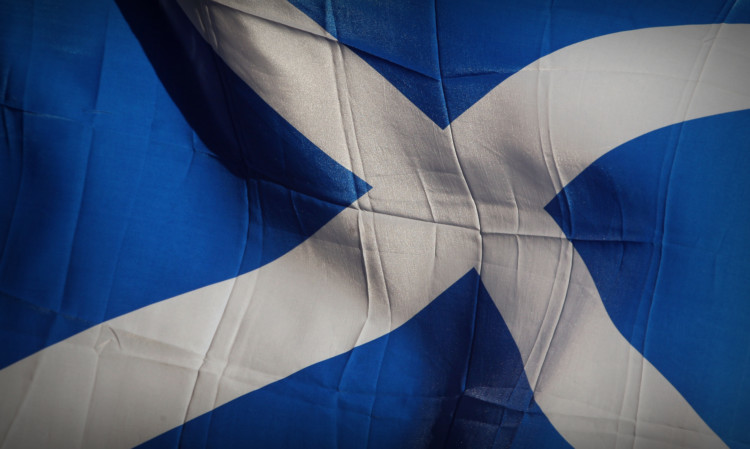Several academics have cast doubt on the Scottish Government’s hope of declaring independence within 18 months of a yes vote in the referendum.
The SNP’s plan for independence by March 2016 was described as “risible”, “ludicrous”, “party political” and “wishful thinking” at Westminster’s Scottish Affairs Committee.
SNP proposals for a seamless continuation into the European Union (EU) with all of the UK’s existing treaties and opt-outs was also challenged.
Deputy First Minister Nicola Sturgeon said continuing membership is “common sense” and based on the EU’s principles of enlargement and mutual co-operation.
On Thursday, another academic is expected to cast doubt on the SNP’s aspirations at Holyrood’s European and External Relations Committee.
David Crawley, a former career civil servant with extensive experience of European negotiations, said it is “largely accepted” that Scotland would be welcomed into the EU eventually, but that the 18-month timetable “seems unrealistic”.
The European Commission “appears to have endorsed” the view that Scotland would become “a conventional accession candidate and in effect join an orderly queue with Turkey and others”, he said.
Speaking at Westminister, Professor Adam Tomkins, John Millar chair of Public Law at Glasgow University and adviser to the House of Lords Constitution Committee, said: “Their proposal to move as quickly as that is risible.
“It’s a preposterous timetable. Unpicking a 307-year-old union will be a mighty difficult task. Almost all of it will be done, if we ever get there and I hope that we won’t, by political negotiation.
“In between the referendum and the proposed independence day we have the small matter of the UK general election, but even without that the SNP’s proposed timetable would be ludicrous.
“It’s completely unrealistic and appears to me to have been set for purely party political reasons because they want it to occur while they still have a majority in Holyrood.”
He added that Scotland “will become a new state under international law and the rest of the UK will be the continuing state”.
Ken Armstrong, professor of European law at Cambridge University, said Scotland would be a “new entity” in the eyes of the EU.
It is “not wholly implausible” that EU negotiations could take place in the 18-months, but the ratification of the treaty could take longer and result in “a gap between independence and accession”, he added.
“The idea that all of this can be completed within that period is certainly wishful thinking,” he said.
Iain McLean, professor of politics at Oxford University, said he agreed with both academics.
Speaking in advance of a lecture in Edinburgh, Ms Sturgeon said: “My argument for Scotland’s continued membership of the EU rests principally on common-sense and on the very purpose of the EU.
“The EU is not in the business of throwing out its citizens. Of ignoring democratic processes. Of reducing co-operation and cutting the size of the EU.
“It is engaged in a process of enlargement, not contraction. It is founded on the principles of democracy and mutual co-operation.”
In an advance submission to Thursday’s Holyrood committee, Mr Crawley said: “In the absence of a clear timeline agreed not only by the UK government but also by EU member states and institutions, it is very hard to be confident that full Scottish EU membership can be delivered by March 2016.
“The complexity and extent of issues to be negotiated will be bound to lengthen the time the whole thing takes. Even assuming a reasonably fair wind, the timetable suggested by the Scottish Government seems unrealistic.
“It has been argued that the only basis for Scotland to become a member is for it to proceed as a conventional accession candidate and, in effect, to join an orderly queue with Turkey and others and await its turn for detailed analysis and chapter by chapter negotiation with each stage subject to Council and Parliament approval. The Commission appears to have endorsed this view so far.”
Scottish Conservative MSP Gavin Brown said: “This is incredibly damning of the SNP’s mechanism and timing for getting an independent Scotland into the EU.
“Given the wealth of experience of Mr Crawley, it’s one the Scottish Government cannot possibly ignore.”
